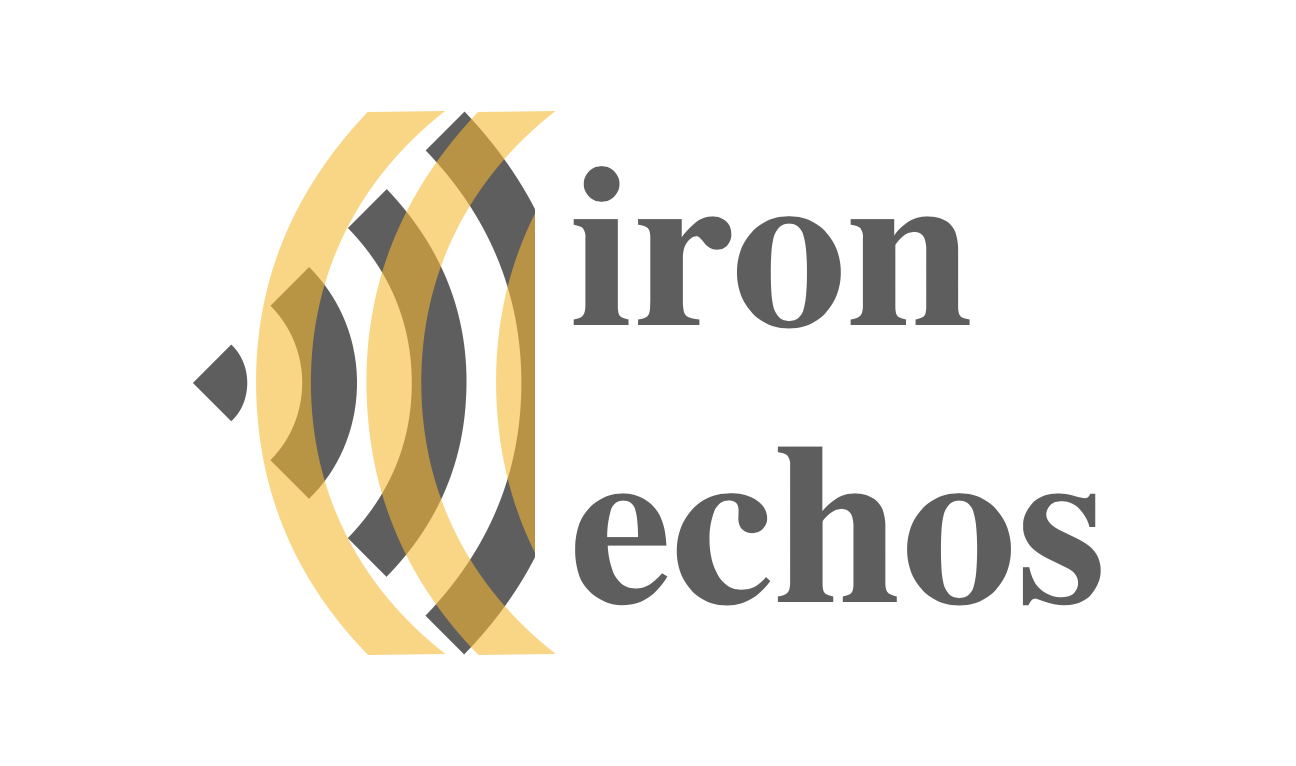What Makes a Good Product Specification?
Ask most engineers how their week is going, and the words “writing a spec” usually don’t bring a smile.
Ask most product managers where things went wrong after a launch, and you’ll often hear: “We didn’t have a good spec.”
Here’s the truth: A good product specification doesn’t guarantee success — but a bad or missing one almost always guarantees confusion, rework, or underperformance.
At iron echos, we help product teams turn raw, noisy field input into clear product definitions. A tight spec is the bridge between what the customer actually needs and what the engineering team has to build. It’s the translation layer that turns stories into structure, opinions into requirements, and wish lists into testable realities.
A Good Spec Is Not a Wishlist — It’s a Contract
Let’s start here: A specification is not a brainstorm. It’s not the place to capture “nice-to-haves” or vague intentions.
A specification is a commitment — from the product team to engineering, from engineering to operations, and eventually from your company to your customers.
It says: “This is what we’re building. This is how we’ll know it works. This is what success looks like.”
The Two Non-Negotiables: Measurable and Testable
Every item in a good specification must meet two criteria:
It must be measurable.
Not “easy to lift” — but “less than 45 pounds with center of gravity within 6 inches of the handle.”
Not “long battery life” — but “minimum 8 hours under 75% continuous load.”
It must be testable.
You need to be able to prove, in a repeatable way, whether the product meets the requirement — ideally before it ships.
If it can’t be measured, and it can’t be tested, it doesn’t belong in the spec. It belongs in your voice-of-customer notes, your product positioning, or your design principles — but not your spec.
Start with the Critical Few (Even if the List is Long)
Here’s where some teams stumble. They want the spec to be “lean.” They resist including too many details. But when you’re building capital equipment — the kind of machinery that operates in harsh conditions, across long service lives, and under real economic pressure — vagueness is expensive.
The goal is not to make the spec short. The goal is to make it complete.
That might mean a spec that’s 20 pages long the first time you build it. That’s fine. That’s good. Because every item in that document reflects:
A customer use case that matters
A constraint the product must work within
A functional promise you intend to keep
The pain of writing a complete, testable spec is always less than the pain of trying to reverse-engineer one after things go wrong.
Where Do Good Specs Come From?
They start with clear listening.
From Customer Advocacy Groups. From field techs. From those who’ve seen the machine crack, jam, overheat, or fail to start when it mattered most.
They take shape in cross-functional collaboration.
Good specs aren’t written by one person at a desk. They’re built through back-and-forth with engineering, service, operations, and even marketing. Everyone brings a piece of the clarity puzzle.
And they’re driven by intentional decision-making.
You can’t spec everything. But you must spec everything that’s critical. That means drawing lines: What must this product do, and under what conditions, and how will we prove that?
The Most Common Specification Failures
Here are a few red flags we often see when clients bring us specs to review:
Unquantified statements like “durable design,” “quick setup,” or “low noise” with no backing metrics.
Wishful language like “should ideally” or “target” — which creates wiggle room where there should be accountability.
Vague tolerances like “+/- 5%” on features that affect critical fit, function, or safety.
Requirements that aren’t actually requirements, like marketing phrases or competitor references without context.
A good rule of thumb: If a third-party supplier or junior engineer can’t build to the spec without asking questions, it’s not really a spec.
The Spec Is Not the Finish Line
One final mindset shift: the specification is not just a document to be filed away after the kickoff meeting. It should be a living, traceable reference throughout development.
Use it in design reviews.
Reference it to write test plans in validation and verification.
Point back to it when questions arise about scope, priorities, or trade-offs.
In capital equipment — where mistakes are costly and field fixes are difficult — the spec is your anchor.
Why It’s Worth the Effort
Yes, it takes time. Yes, it’s tedious. But the process of writing a spec forces you to make assumptions explicit, resolve fuzzy thinking, and identify where clarity is missing.
The payoff?
Fewer meetings asking, “What did we mean by this?”
Fewer products coming back from the field with “unexpected” issues.
Fewer misunderstandings between engineering, sales, and operations.
More predictability in design, testing, building, and selling.
More importantly: specs build trust. Between your team and the customer. Between what was promised and what was delivered.
At iron echos, We Write Specs That Work
We specialize in turning field conversations into clean, complete, testable product specifications. If you’ve ever shipped a product and thought, “That’s not what I meant,” — we can help fix that before it happens again.
Contact iron echos to learn how to write specs that reflect the real world, not just a whiteboard.
